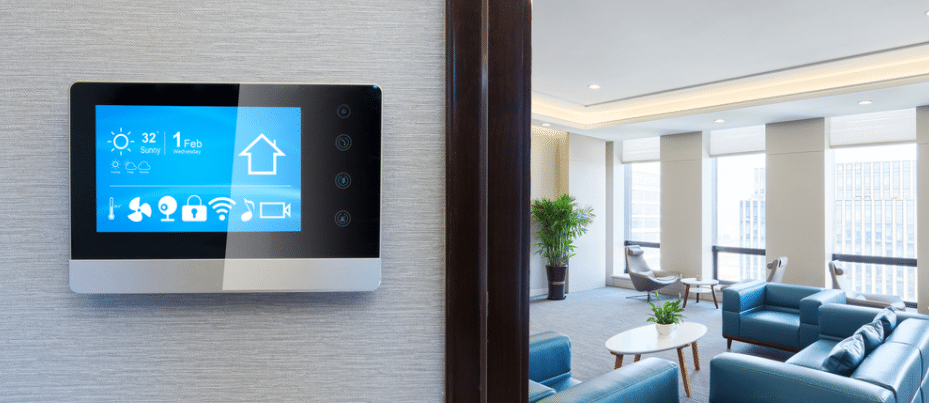One of the biggest challenges building owners face for comfort living is thermal comfort, since there are multiple interactions between technical factors and subjective factors. While variables like humidity and temperature can be controlled, thermal comfort also depends upon individual preferences. For these reasons, its practically impossible to find a temperature that makes everyone in the building comfortable.
A recent study by Lawrence Berkeley National Laboratory (LBNL) says to achieve peak human productivity, the indoor temperature must be in the range of 22 degree Celsius to 23 degree Celsius. Scientific studies may differ slightly in their results based on the various factors consider in the study. Referring to these studies and considering the individual preferences for optimal work performance, we can say that the ideal temperature for high productivity and comfort lies in the range of 20 degree Celsius to 25 degree Celsius.
When it comes to thermal comfort in commercial buildings and work spaces, an effective strategy is to divide indoor spaces into various temperature zones with independent controls. This can be done by an efficient HVAC design. Many companies tend to underestimate the impact of low productivity; an efficient design does not save energy at the expense of human wellness and comfort.
Factor Influencing Thermal Comfort
For promoting human health and wellness, the WELL Building Standard certification is highly recommended. The WELL Standard considers thermal comfort as of one of its main performance categories.
There are 6 main factors that impact the thermal comfort along with many secondary factors as well. The following are the 6 main factors are:
Indoor air temperature
Mean radiant temperature of surrounding surfaces
Air humidity content
Air speed
Clothing insulation
Individual metabolic rate
Out of the 6 main factors, 3 factors, indoor air temperature, relative humidity and air speed, can be controlled and managed directly by a HVAC system. Radiant HVAC systems can also control the temperature of indoor surfaces like floors and walls.
The secondary factors include age, gender, adaptability to thermal situations, climatological original, psychological conditions. To manage the differences in metabolic rates and other comfort factors, the best and most effective way is to let occupants control their surroundings.
Air humidity, in particular, is non-subjective as compared to controlling temperature. Thermal comfort is highly affected by air humidity as both the extremities, dry and humid, can have adverse effects on humans.
Low humidity allows harmful particulate matters like viruses to stay airborne for longer. Low humidity can cause discomfort by effects like irritation of skin, eyes and the respiratory system. Also, low humidity can have detrimental effects on electronic equipment by causing static electricity to accumulate.
High humidity stimulates reproduction of harmful bacteria, molds, dust mites, etc. All of which can cause severe health problems.
ASHRAE recommends adjusting the relative humidity range between 30% to 60%, and ideally within 40% to 50% range. This prevents the negative effects of humidity while improving thermal comfort.
Improving Thermal Comfort using Technology
In large indoor spaces, using a single thermostat from controlling and maintaining the temperature may not be ideal for all the occupants. For instance, occupants near to the HVAC diffuser may experience high air speed, while occupants closer to the windows may feel lower air speed and also be affected by the outdoor air temperature.
Thus, to achieve better control over indoor temperature in large spaces, building environments should be divided into a number of thermal zones. The WELL Building Standard recommends one thermal zone per 320 sq. ft. or per 5 occupants, whichever leads to less zones. Also, temperature sensors should be placed at least 3.3ft away from cold or hot spaces. This ensures correct reading for optimal indoor temperature.
In addition to this, occupants can be provided with a mobile application which helps in controlling the temperature of their immediate surroundings and also keep a track of all the spots where they feel the most comfortable based on temperature distribution.

